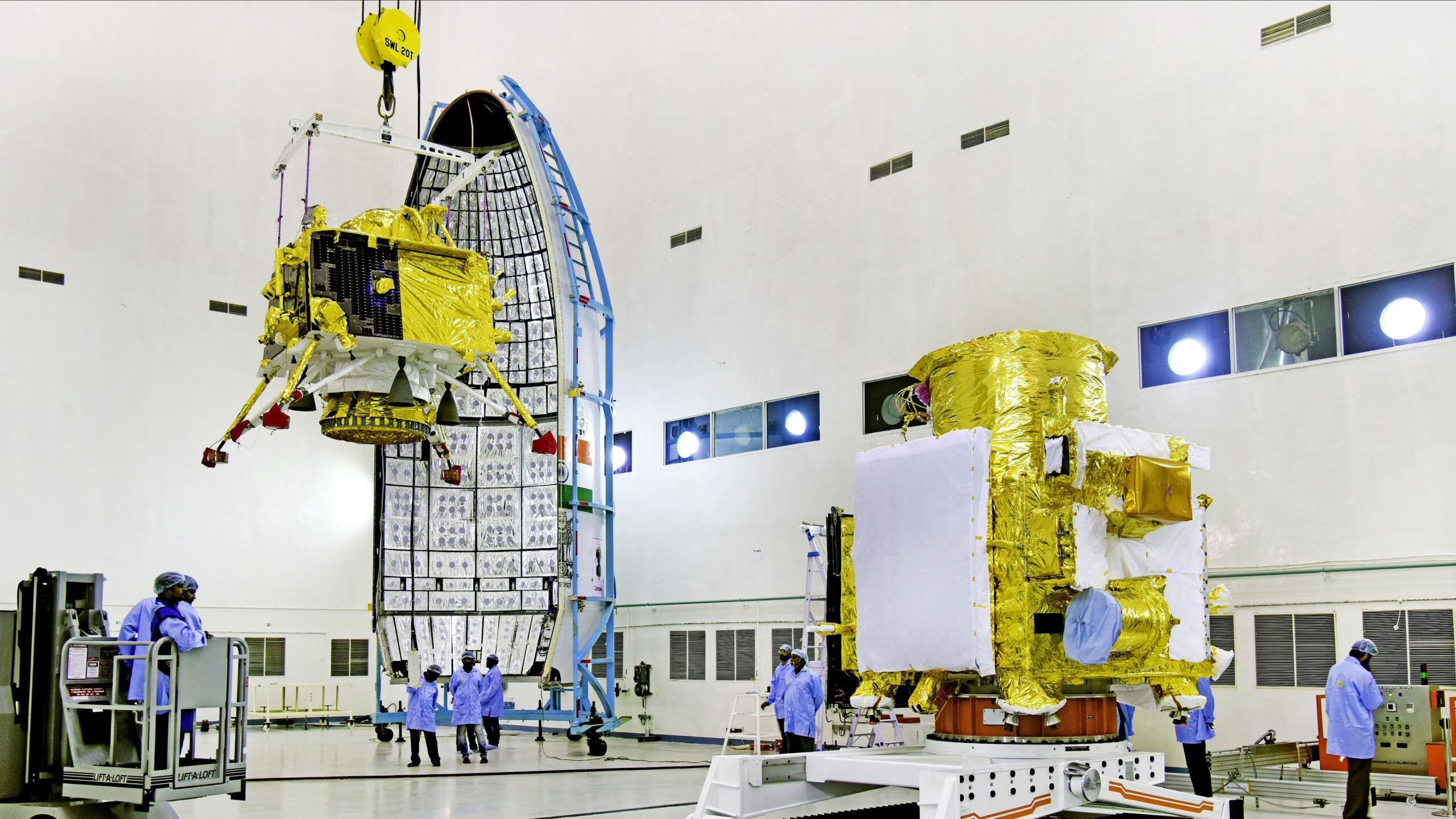
SOURCE: TNN
The Indian Space Research Organisation (Isro), which is working on Chandrayaan-3, its proposed Moon landing mission conceived after Chandrayaan-2 failed to soft-land a lander on the lunar surface last year, has made a major design change on the lander, yet again.
According to those part of the mission, the overseeing committee has finalised a design change that will see the lander have just four engines. “Ït has been decided to drop the fifth engine, which was added last minute on Vikram (Chandrayaan-2’s lander). The lander for this mission will now have only four engines,” one scientist said.
Another said that the committee has suggested a minor modification on the legs on the lander, which is “yet to be approved”. Aside from this, “…it was decided to include the laser doppler velocimeter (LDV) for better measurement of speed during landing, and removal of the central engine,” the scientist said.
The TOI had reported in November 2019 that among the changes being proposed on Chandrayaan-3 — which were indicators of shortcomings in Chandrayaan-2 — included LDV, some changes in software and algorithms, strengthening of the legs, and better power and communication systems.
The move to remove the fifth/central engine is the latest on the mission. It is significant given that Isro had added this additional engine to Vikram after simulations had found it to be crucial in dealing with dust storms that would be kicked up when the lander nears the lunar surface, affecting its stability.
At the time the engine was added to Vikram, several insiders had told TOI that the lander could have done without the additional engine as earlier simulations and analysis had shown that four engines would be sufficient. However, Isro had officially maintained that the fifth engine was a “necessity for a smooth landing.”
K Sivan, chairman, Isro, told TOI: “…Earlier analysis had estimated that the dust would cause trouble, but now our analysis has shown that dust won’t be a problem.”Given the new analysis, Sivan said that the decision was taken to remove the fifth engine. “…Why unnecessarily add any additional system,” he said, adding that each additional system would mean accounting for its performance.
More than a year after the failed soft-landing of Vikram, the department of space (DoS) and Isro are yet to make public the full findings of the Failure Analysis Committee (FAC), several of whose findings are being used to make changes to the Chandrayaan-3 configuration. Unlike Chandrayaan-2, which carried an orbiter, lander and rover, Chandryaan-3 will only carry a lander and rover along with a propulsion module that will carry the fuel for various manoeuvres needed to navigate the landing module after its launch.






